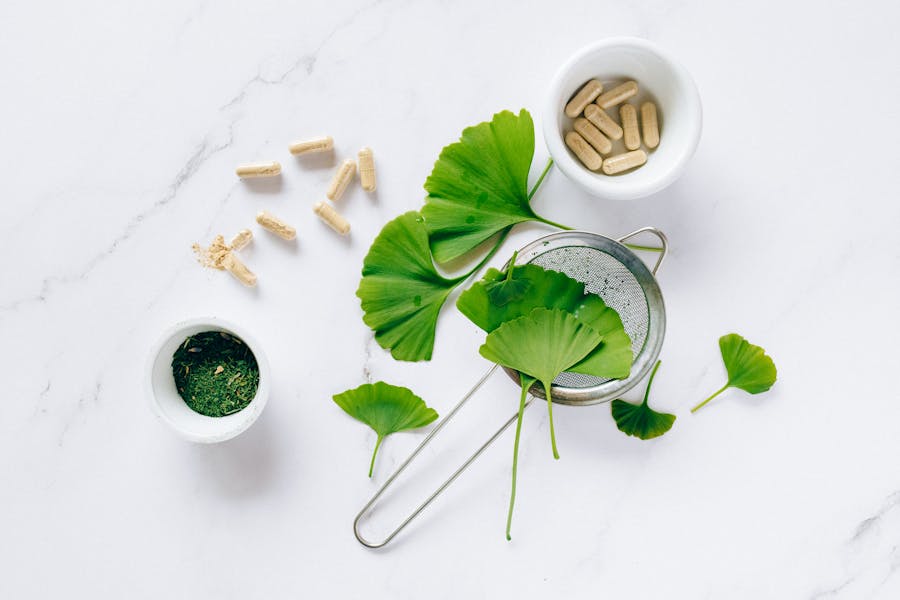Counterfeit medications pose a significant threat to public health. Imitation medications can appear identical to real prescription drugs but often contain inferior ingredients, incorrect dosages, or even harmful substances. Counterfeit medication can lead to a variety of health risks ranging from adverse reactions to treatment failure. Particularly in light of cases of counterfeit Ozempic being sold to the public, understanding how to identify counterfeit medications and source prescription drugs safely is a critical skill for consumers to have.
How Serious Is The Issue Of Counterfeit Medications?
Counterfeit medications come in various forms, including pills, capsules, liquids, and even injectable medications. Imitation medications can gradually infiltrate legitimate supply chains through lax quality assurance protocols or be sold through illegal online channels. The scale of counterfeit medications in circulation across the world is quite shocking. You may not guess that the problem is so widespread, but the World Health Organization (WHO) has estimated that one in ten medical products circulating in low- and middle-income countries is counterfeit. Counterfeit medications are not limited to these regions and can pose a significant risk to the health of patients across the world.
Health Risks Associated With Counterfeit Medications
Consuming counterfeit medications can have a range of negative consequences. In the “best” scenario, an imitation medication may simply be less effective than the drug it was created to mimic. Of course, this is far from ideal, as the patient’s underlying medical condition will not be correctly addressed. However, the risks of counterfeit medications can be far more serious. Drugs may contain doses much larger or smaller than those of the actual medication, leading to unexpected under- or overdoses. In some cases, counterfeit medications may be created with inferior products, leading to consequences such as allergic reactions or organ damage.
Use of counterfeit antibiotics is particularly concerning. When ineffective counterfeit antibiotics are used, they will not kill all harmful bacteria, which in turn allows bacteria to develop resistance to future antibiotic treatments. Antibiotic resistance is a growing public health threat, caused in part by the widespread use of ineffective counterfeit medications.
Sourcing Medications From Licensed Pharmacies And Retailers
The best way to ensure you are receiving and using legitimate medications is to only purchase from a licensed pharmacy or retailer. These medical organizations are required to obtain drugs from legitimate distributors and manufacturers that have strict quality control measures. While it is possible that counterfeit drugs can be sold at a pharmacy due to an error or oversight, these establishments generally take their responsibility to provide safe medications very seriously.
When obtaining medication, be aware of the risks associated with online pharmacies if you decide to go this route. While some online pharmacies operate legally and source medications appropriately, others may be more likely to sell illegal or counterfeit drugs. If you choose to purchase medication online, be cautious and only purchase from reputable online pharmacies who have a demonstrated commitment to patient safety. Look for verification logos from regulatory bodies and verify that the online pharmacy asks you for a valid prescription from your healthcare provider before purchasing from them.
Identifying Signs Of Counterfeit Medications
While counterfeit medications can sometimes be presented identically to the medication they are mimicking, there are often warning signs that can help consumers identify a potential fake. When picking up a prescription, be sure to keep an eye out for:
- Packaging Discrepancies: Carefully inspect the medication’s packaging. Look for signs of tampering, such as misspellings, labels that are poor-quality or appear homemade, or broken seals. Genuine medication packaging should have a professional appearance and clear, accurate information explaining how the medication works and is applied.
- Medication Appearance: Examine the medication itself. Is it a different size, color, or shape than you are used to? If a medication appears to be different with no explanation provided by the pharmacist, this is a major red flag.
- Labeling Inconsistencies: Read the medication label carefully. Check for proper spelling of the drug name, manufacturer information, and expiry date. The label’s details should match your prescription exactly.
If anything about the provided medication seems suspicious, do not use it.Contact the pharmacy or healthcare provider you received the prescription from as soon as possible to explain your concerns.
How Can You Stay Safe From Fake Medications?
Maintaining open communication with your doctor and pharmacist can help reduce the risk of exposure to knockoff medications. If you have concerns about the authenticity of a medication you received, discuss these questions with a healthcare provider. Pharmacists are trained to identify counterfeit medications and can confirm whether your prescription is legitimate or not.
In some cases, technology can also be useful when it comes to screening medications. Certain regulatory bodies or pharmaceutical companies may offer smartphone apps or online resources to assist consumers in identifying counterfeit medications. You may have the option to scan a barcode or enter specific details to determine the likely authenticity of a medication. While not a foolproof solution, this does offer an additional level of protection.
If you have reason to believe you have been given a fake medication, you should report the situation to the appropriate regional health regulatory agency right away. By making a report, you help track the distribution of counterfeit medications and give vital evidence to law enforcement agencies prosecuting the distribution of such drugs.
Enhancing Consumer Awareness and Education
By understanding the risks of counterfeit drugs and improving your ability to spot fakes, you protect yourself from potentially life-threatening consequences. We hope this article helps you stay safe and avoid counterfeit medications!





















